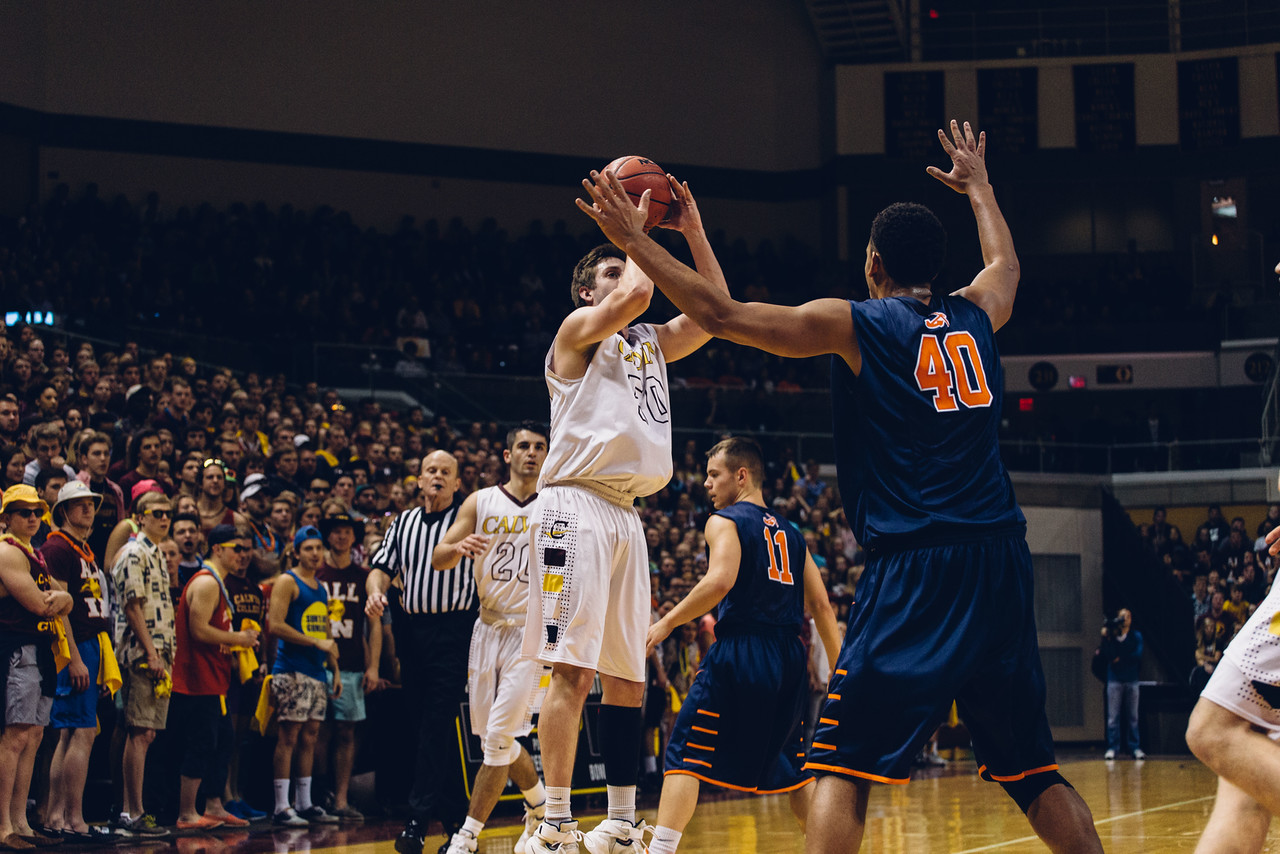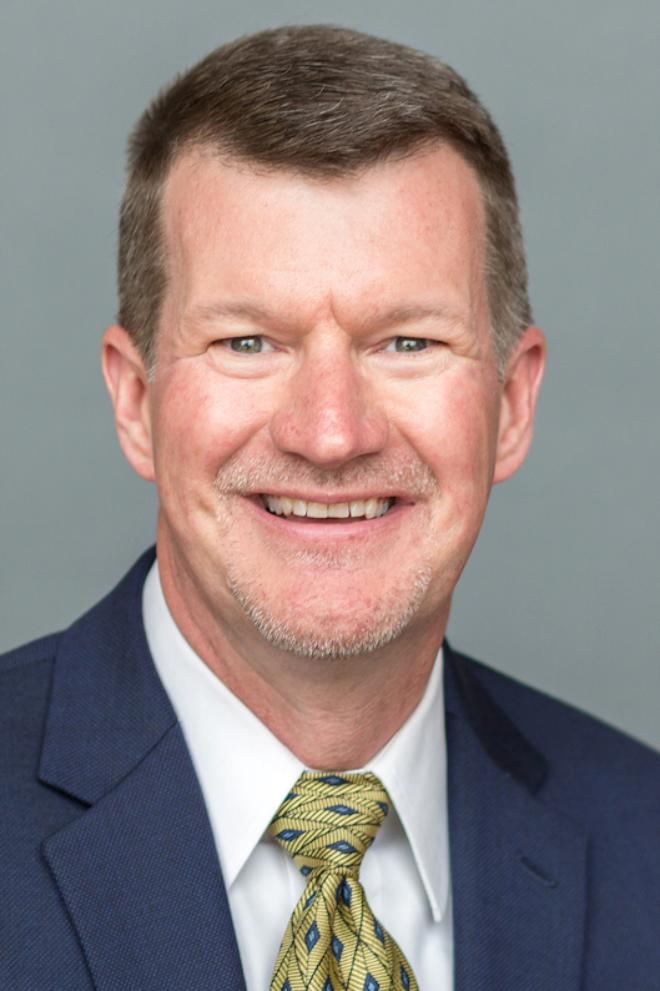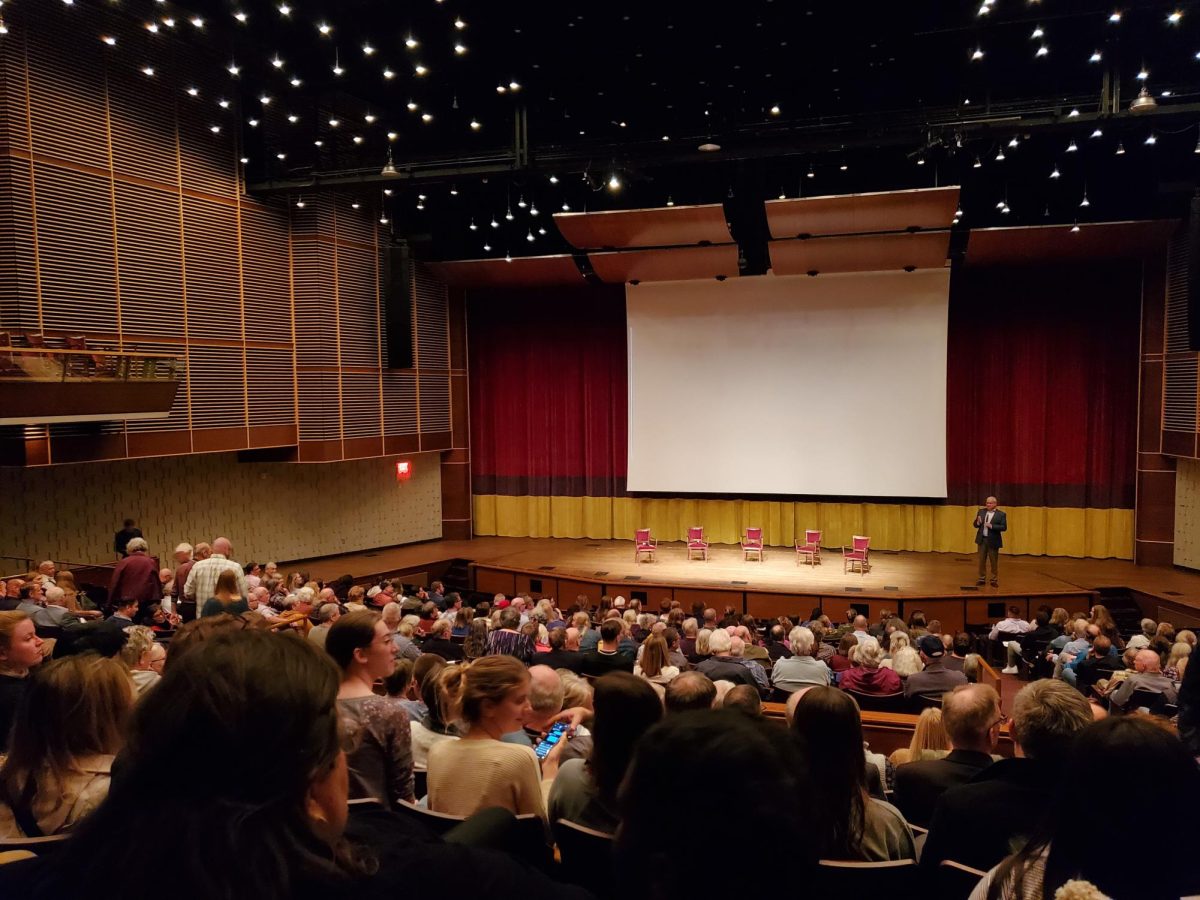The Calvin-Hope rivalry: the rivalry. It started out as a disagreement about the use of hymnals in the 19th century. From there, it took off until it morphed into what fans witness today, spanning over 96 years, perhaps one of the greatest of its kind.
The two schools are remarkably similar. The schools were started ten years apart, Hope in 1866 and Calvin in 1876. Their tuition cost only has a $1,210 difference. In the 2015–2016 academic year, Calvin had 3,990 enrolled students, and Hope had 3,407 students. Both are small Christian liberal arts colleges. Both schools are in the NCAA Division III, and as such neither offer students athletic scholarships. So similar, yet with such a strong rivalry, and it all started back in 1857.
In 1857 four churches, then part of the Reformed Church of America (RCA), broke off and created their own denomination, the Christian Reformed Church (CRC). The 130 families that split off had five main reasons for leaving the RCA, one of which was a disagreement with the use of hymnals. The CRC families believed that it was only appropriate to use the psalms for music in worship.
Moving forward, both denominations flourished, and in 1851 the leader of a group of Dutch immigrants, Reverend Van Raalte, started a school founded in the RCA tradition in Holland, Michigan. In 1862 the school enrolled its first freshmen class of 10 college students, and by 1866 it was officially chartered as Hope College.
Ten years later and 30 miles away, a CRC seminary was founded, at that time called De Theologische School. It was located in Grand Rapids, Michigan, which had officially been a city for two decades at that point. The school started with seven seminary students, and quickly grew from there. In 1931, the school was renamed Calvin College, after John Calvin, a theologian instrumental to the CRC tradition.
In 1902, Hope started its men’s basketball team. Calvin didn’t follow suit for another eighteen years, but in 1917 a group of Calvin students challenged Hope’s team, wanting to catch up. The group of students lost badly — Hope won 51-8 — though neither college recognizes that first contest as an official game.
Calvin reprimanded the group of students for the game for their unauthorized activities, as they had formed a team without consulting college officials. However, this event was the spark that ignited a fierce basketball rivalry between the two schools.
Three years later, Calvin started its own men’s basketball team. The two teams met officially for the first time in 1920, a game Hope also won. The two teams have competed 193 more times since then.
Fans quickly became passionate about the rivalry. Five years after they started playing each other, from 1925 until 1929, the games were called off, due to the violence that would often break out among fans following the games. On top of that, New York Times reporter Scott Cacciola noted that the history of the schools disclosed that pastors would use wins to “bolster denominational positions in Sunday sermons.” This wasn’t just about basketball. It was about theology.
Starting in 1930 the games took off again, but the schools had to again call them off from 1937 to 1943. However, they have been going strong ever since, and the schools have become much friendlier. In 1953, Hope backed Calvin’s application to enter into the MIAA, the same year Calvin won its first MIAA title. Since 1953, there have only been four times in which neither Calvin nor Hope won the MIAA league championship.
In 1965, the two schools’ women’s basketball teams met for the first time, and the same sense of rivalry emerged between the two teams. Calvin won the first game, 49-35, and currently leads the series. Since 1965, the teams have met 117 times, and Calvin has won 70 of them.
Between the two men’s basketball teams there is an accumulated 26,342 points. There is only a 90-point difference between the two; overall, Hope has made 13,216 points and Calvin has made 13,126 points. Hope currently leads the series, with 101 wins to Calvin’s 93.
From 1969 to 1980, Calvin’s men’s team had a winning streak of 22 games, and from 1994 to 1998 Hope’s men’s team had a winning streak of 10 games. This pattern is similar in the womens’ teams: from 1965 to 1979 Calvin had the winning streak, also of 22 games, and from 2000 to 2004 Hope had a winning streak of nine games.
The fan following of the rivalry is immense. In 1997, the two teams broke the record for the most fans attending a game for the NCAA DIII, with 11,442 fans piling into Calvin’s Van Andel Arena to watch them play.
Fans also watch the game remotely. There are many watching parties throughout the country, sponsored by both colleges’ alumni. For the game this Saturday, Feb. 18, there are more than 80 viewing parties for fans to attend. Thousands of fans will watch the game live streamed in 25 different states, as well as a party in Budapest, Hungary.
The rivalry has transferred over to other sports, too. Calvin currently has 21 NCAA DIII varsity sports, and Hope has 22. The games often become intense, no matter the sport. This year, in women’s volleyball, Calvin won two out of three games against Hope, and went on to win the national title in the NCAA. Since 2013, the women’s lacrosse teams have met up six times, and Calvin won five out of the six games. In the ACHA, Calvin’s hockey team currently leads the league, with 24 points, whereas Hope has 19. Notably, this past year Hope’s football team lost 30 percent of their games, whereas Calvin has never lost a football game, and is undefeated in that respect.
The Calvin-Hope rivalry is perhaps one of the greatest rivalries between small schools, though the two schools currently remain pretty friendly to each other: the coaches will often sit together while recruiting. The two teams are remarkably comparable; ESPN called it “arguably America’s most evenly matched rivalry.”
Though the rivalry sprung from theological differences, the two school’s denominations are today almost indifferentiable. In fact, four professors — two from Calvin and two from Hope — co-wrote “Divided By A Common Heritage: The CRC and the RCA at the Beginning of the New Millennium,” a book suggesting the denominations could eventually merge. In the end though, even if the two denominations ever reunited, the Calvin-Hope rivalry has grown too strong to ever be dismantled.









